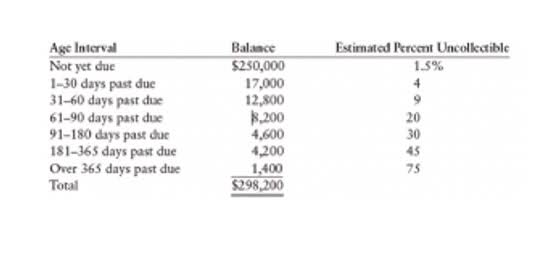Present Value PV

Now you will also receive a payment of $1,100 at the end of the second year. The present value is now the sum of discounting one payment of $1,100 back one year to the present as well as one payment of $1,100 two years back to the present. And it’s called the discount rate because this is the rate that we’re using to discount the future cash flow. Both investors and creditors use a present value calculator to present value formula evaluate potential investments and measure the return on current projects.

Mathematics of Finance
- In the present value formula shown above, we’re assuming that you know the future value and are solving for present value.
- Present value is the financial value of a future income stream at the date of valuation.
- To calculate the present value of a series of payments, we will be using the below formula.
- For multiple payments, we assume periodic, fixed payments and a fixed interest rate.
- The calculator allows instant computation based on your future value, interest rate, and time period.
- If you’re just looking for the Present Value formula, we’ve included it just below.
- The comparison of investments becomes far more straightforward when these future inflows are converted to their present value.
An ordinary annuity has end-of-the-period payments while annuity-due has beginning-of-the-period payments. The difference the type brings to the valuation of the annuity is that with annuity-due, each payment is compounded net sales for one extra period. As an example to carry this out, let’s say Cal is targeting to gather $4,000 for a project in 2 years and another $1,000 by the third year. He finds a couple of investment options and wants to weigh out how much he must initially invest in either option. In other words, this initial investment will be labeled as the present value, and the target figure as the future value of the investment.
Example: What is $570 next year worth now, at an interest rate of 10% ?

It is based on the concept of the time value of money, which states that a dollar today is worth more than it is tomorrow. It’s still fundamentally about “discounting” those future cash flows back to the present. Much more on “discounting” further down, but we do also have a separate article on discounting future cash flows if you’re interested. Present value, often called the discounted value, is a financial formula that calculates how much a given amount of money received on a future date is worth in today’s dollars. In other words, it computes the amount of money that must be invested today to equal the payment or amount of cash received on a future date.
- So, all else being equal, a cash flow now would be preferred over the same cash flow in the future.
- If you don’t, then don’t worry – just have a quick read of our sister article and then come back here.
- This concept is used in the valuation of stocks, bond pricing, financial modeling, and analysis of various investment options.
- However, what if an investor could choose to receive $100 today or $105 in one year?
- Therefore, you are better off either spending the $100 or investing in something that gives a higher or equal return than 3.2%.
- If someone offers you 1000 dollars today or promises to give you 1050 dollars after a year, you may be tempted to wait and take the larger sum later.
When Might You Need to Calculate Present Value?

Using the same required rate of return, 10%, we can calculate that the value of that investment today is $1,000. The economic term for this concept is “risk aversion”, which means that all else equal, rational investors prefer less risk. In addition, if I give you the $1,000 today, you could also invest it for one year and have more than $1,000 at the end of the year.

This link between risk and discount rate brings us to a central point – riskier investments result in lower present values. Remember that present value demonstrates the concept of time Travel Agency Accounting value of money, that is, a dollar today is worth more than a dollar tomorrow. Thus, it is inversely proportional to both the interest rate and the number of periods. Put another way, if you were given a choice between receiving a sum of money today or the same sum a year from now, the rational choice would be to opt for money now.
- Alternatively, the company could invest that money in securities with an expected annual return of 8%.
- Interest that is compounded quarterly is credited four times a year, and the compounding period is three months.
- Inflation has a significant impact on the way present value is calculated and its results in real-world scenarios.
- The word « discount » refers to future value being discounted back to present value.
- 0 is mentioned in the first instance but you may leave the cell blank or skip this argument as it would default to 0 anyway.

Laisser un commentaire
Rejoindre la discussion?N’hésitez pas à contribuer !